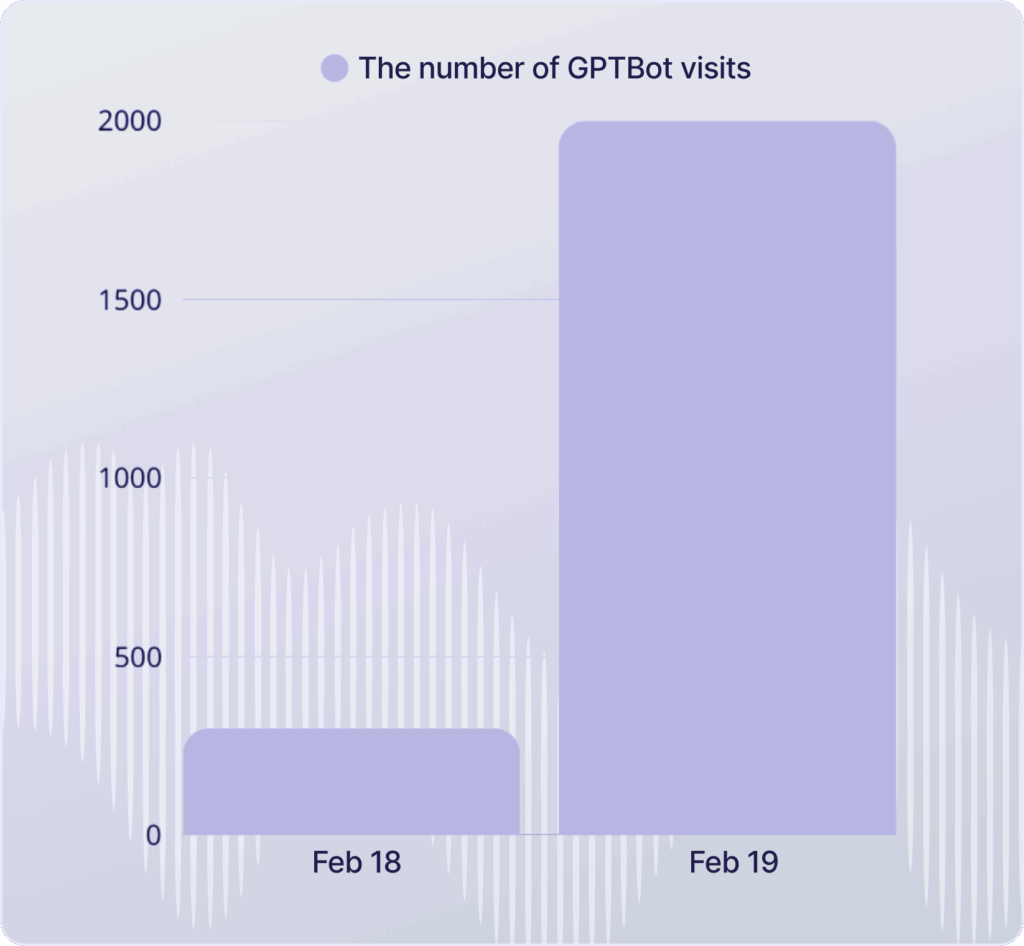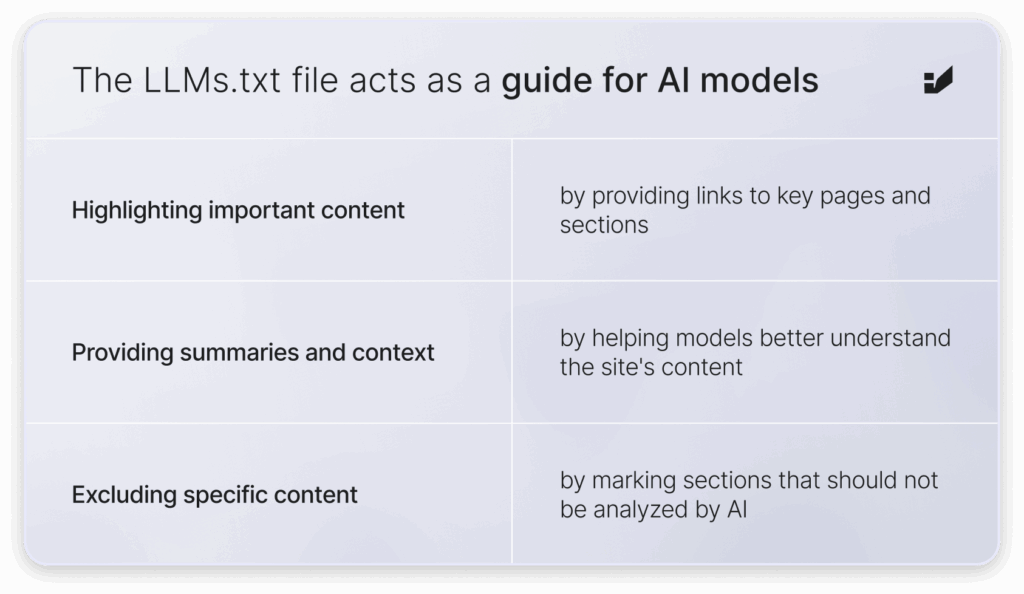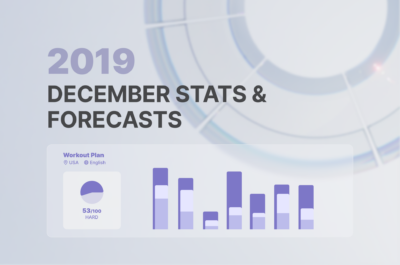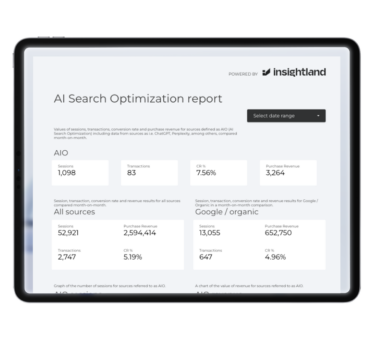LLMs.txt: insights after implementation
The LLMs.txt file is not yet an industry standard, but its implementation on a website is recommended as part of the AI Search Optimization (AISO) process. Here's a brief summary of the results we’ve observed after implementing LLMs.txt.

We wrote about LLMs.txt before – but that was all about theory. Now it’s time to share some practical results. Below is a brief report on findings and conclusions after implementing LLMs.txt.
Based on research conducted by Insightland, the number of visits to the website (homepage, articles, and subpages) increased after implementing the LLMs.txt file. Below you’ll find some sample data points.
AI bots started visiting the site more actively after the implementation of LLMs.txt
The LLMs.txt file was implemented on February 18. Already by February 19, there was a noticeable increase in visits by GPTBot, which had not previously visited pages on the site.
Visits from GPTBot increased by nearly 600% after the implementation of LLMs.txt – from a few hundred visits to nearly 2,000. This confirms the increased bot activity following the implementation of LLMs.txt.
There is not yet direct evidence that GPTBot or OAI-SearchBot visited the LLMs.txt file itself, but page visits clearly increased after its implementation – the bots proceeded to scan site content.

Additionally, other bots such as TikTok, Moz, Amazon, Petalbot, Bytedance, and Bing visited the LLMs.txt file, indicating its growing cross-platform importance.
The Perplexity-User appeared 7 times within 3 days – accessing content and graphics, which suggests that the site may have been cited to users in the chat interface.

The LLMs.txt file – how it works technically
LLMs.txt is a proposed new standard for communication between websites and large language models (LLMs) such as ChatGPT, Claude, or Google Gemini. It is a simple Markdown-formatted text file placed in the root directory of the site (e.g., https://yourdomain.com/llms.txt) that contains structured information about the site’s content and layout.
The goal is to make it easier for AI models to identify and interpret key sections of the website, thereby increasing the likelihood that they will be included in generated responses. This, of course, depends on whether language model bots can access the page.
With the growing use of JavaScript technologies, presenting the file in markdown format provides a simpler way to deliver information to the language model.

Thanks to this, LLMs can process information faster and more accurately, leading to better responses for users.
Business benefits of implementation
Increased visibility in AI-generated responses
Optimizing content for LLM processing increases the chances that a website will appear in responses generated by language models – especially when there are technical blockers (e.g., JavaScript). Additionally, our research shows no negative impact on traditional SEO rankings.
Better use of existing content
By highlighting key content, we extend its “lifespan” and increase the chance it will be used in AI responses for months to come.
Minimal implementation cost, fast results
It’s a simple text file – implementation costs are low, while the strategic potential benefits are significant.

Next steps
Correct implementation of the LLMs.txt file on a website is just one of many items on the checklist for optimizing brand visibility in AI-generated answers. AI Search Optimization (AISO) is a complex process that requires a new approach to measuring key metrics, properly structuring website content, and implementing technical details.
Want to see more AI-driven traffic on your website? Check other articles of the AI Search series:
- AI Search 101: what business owners need to know >>
- Behind the algorithms: how AI chatbot recommendations work >>
- How to rank in ChatGPT? [2025] >>
- Measuring success in AI Search: metrics that matter >>
Or contact us for an AI Search visibility audit and a dedicated action plan for optimization.



